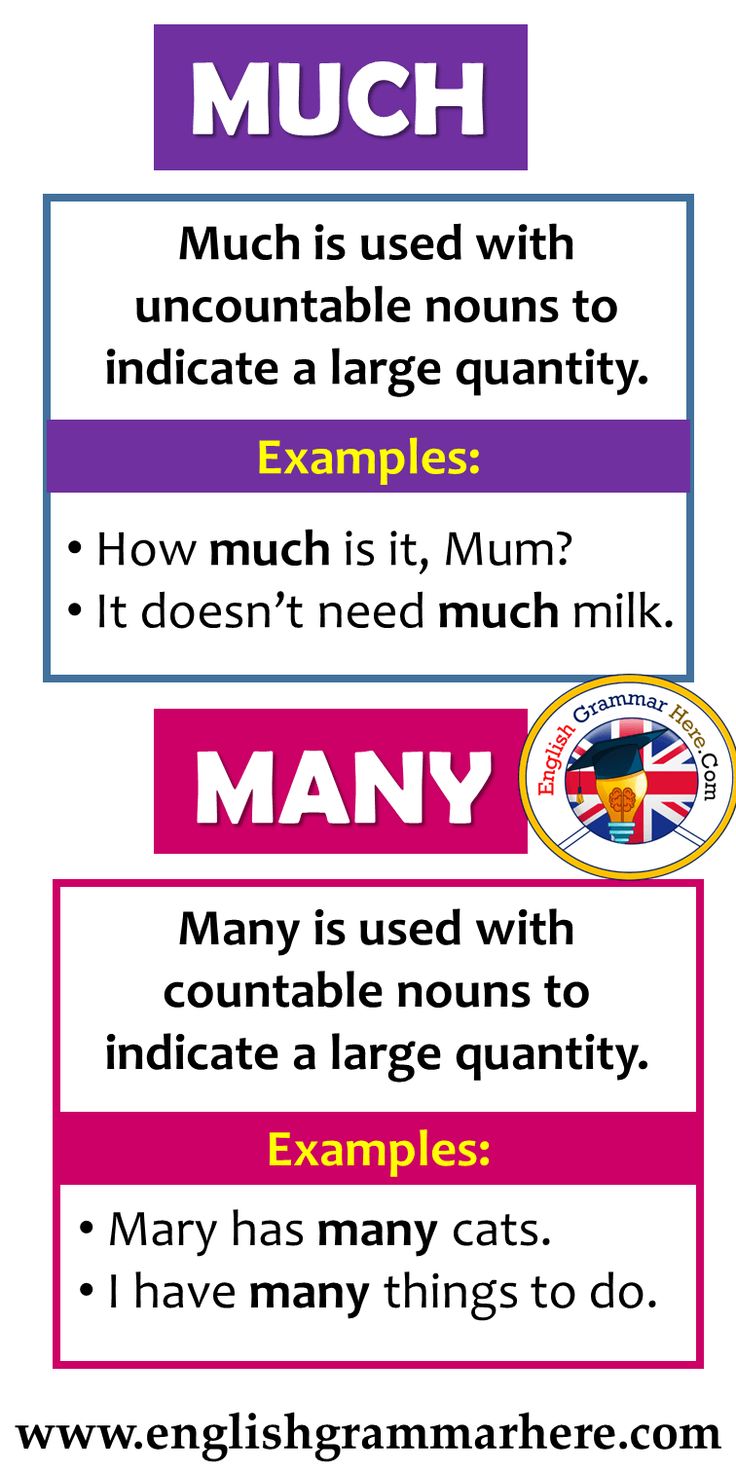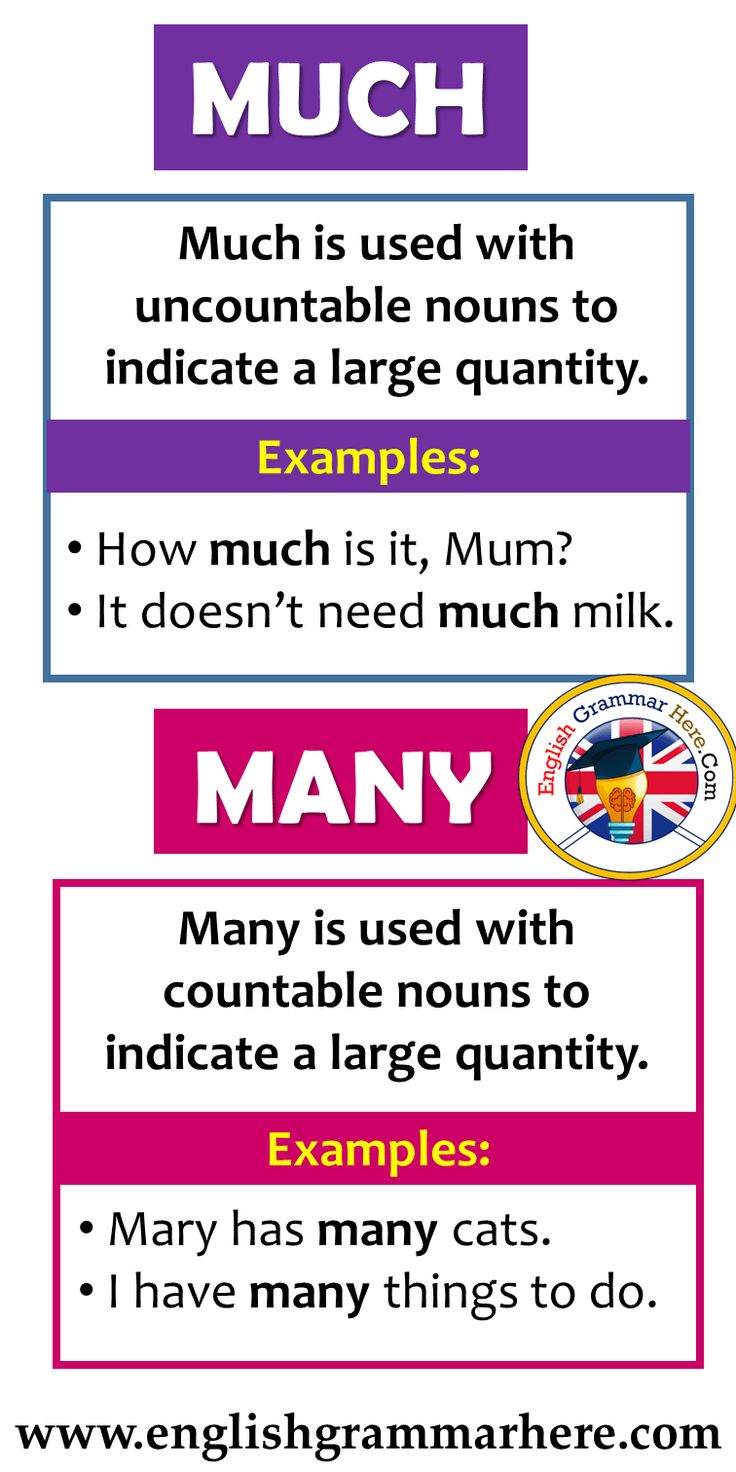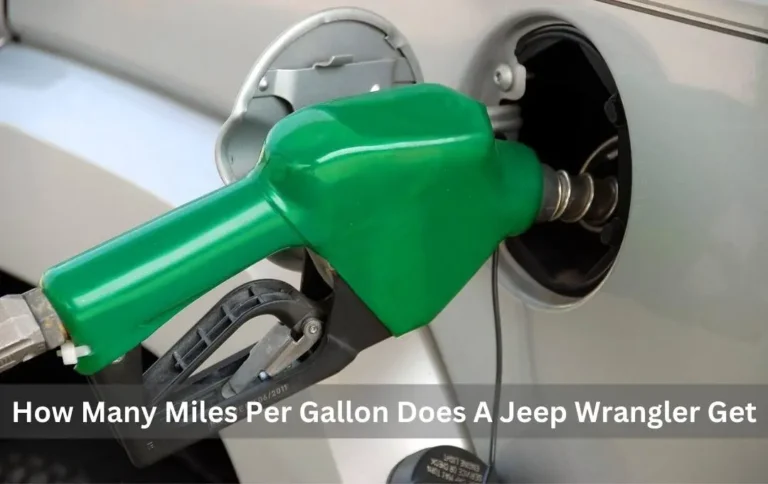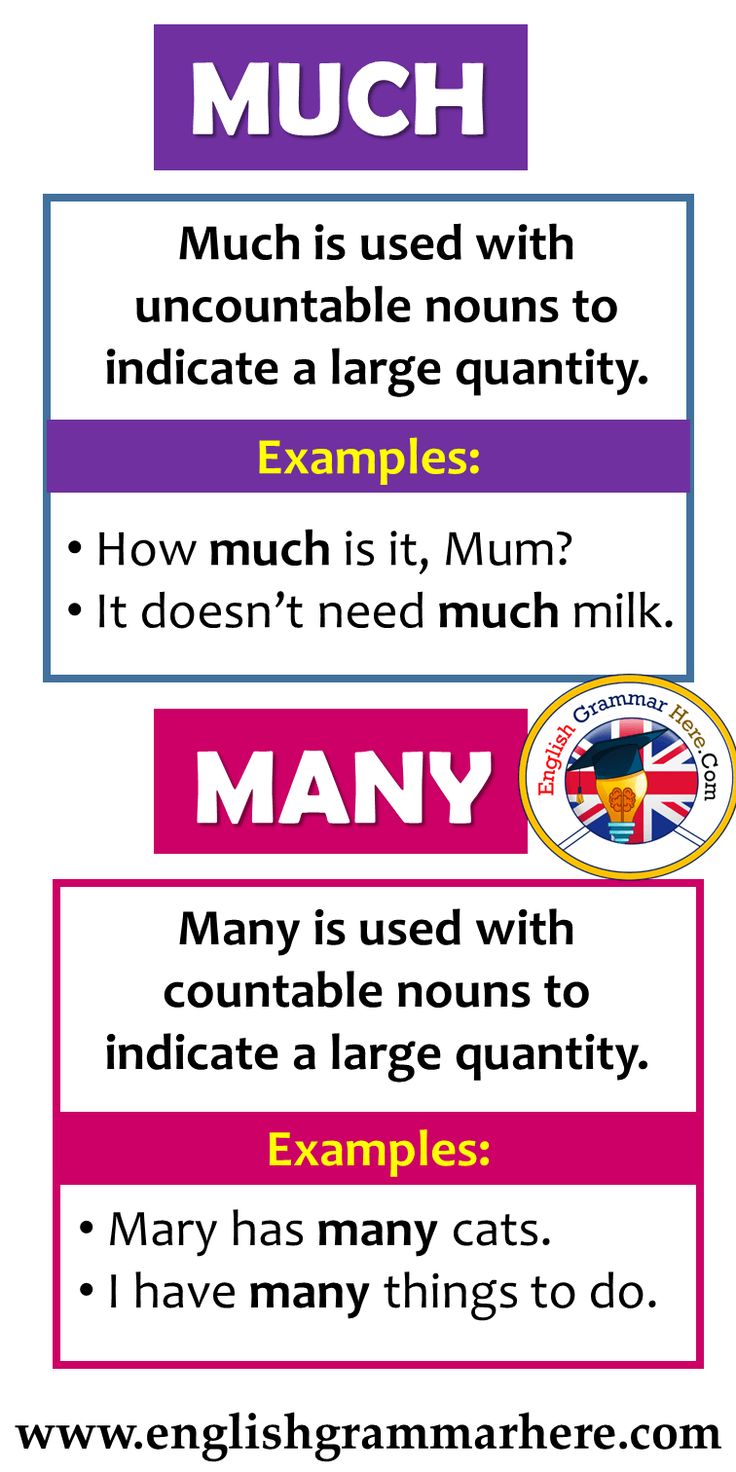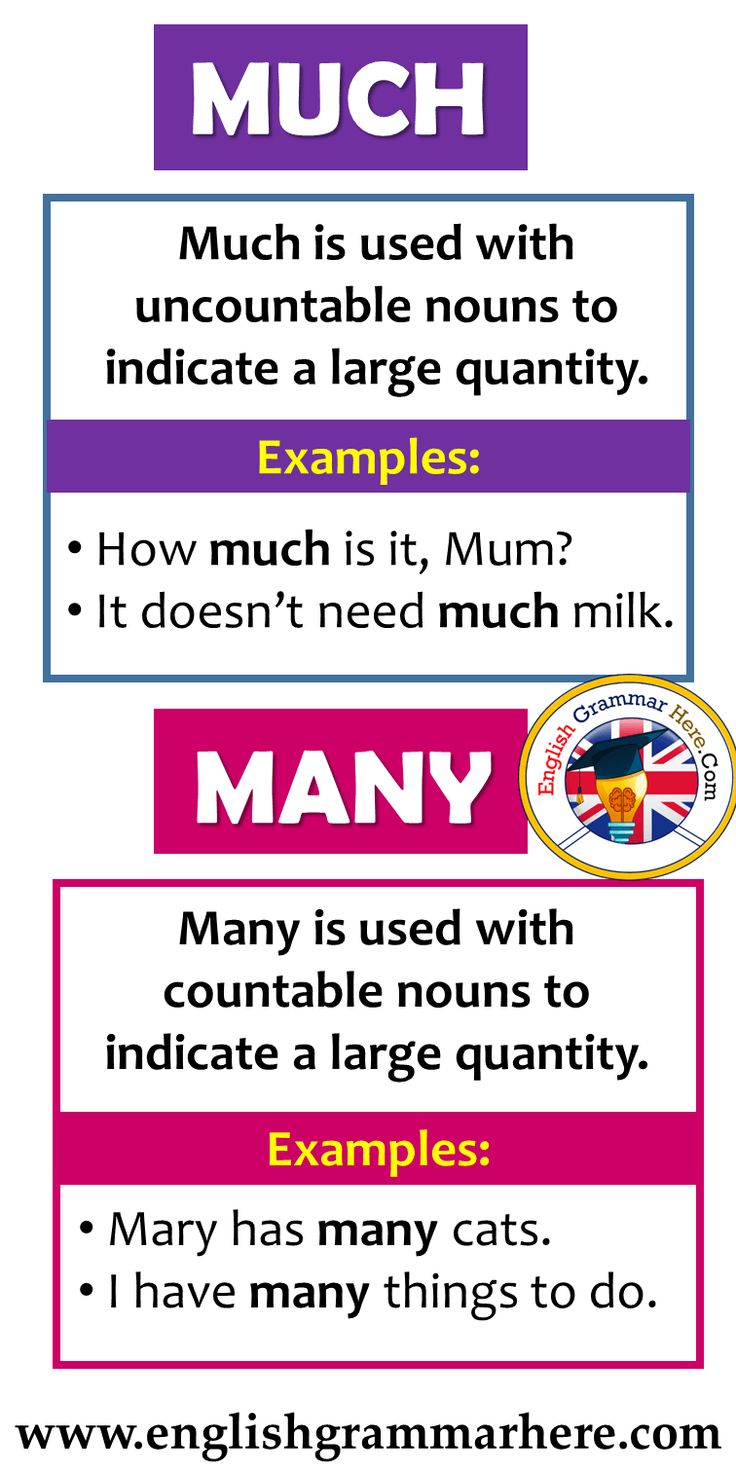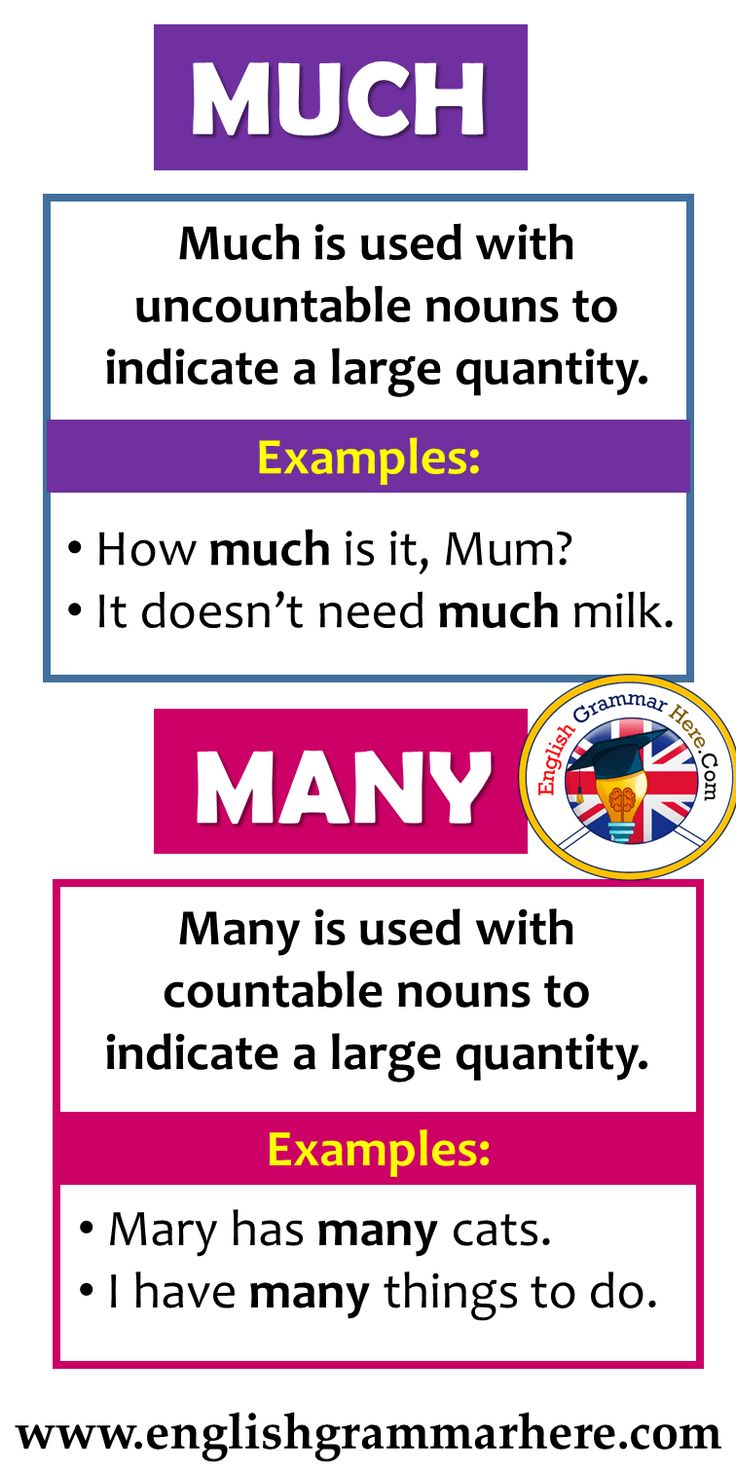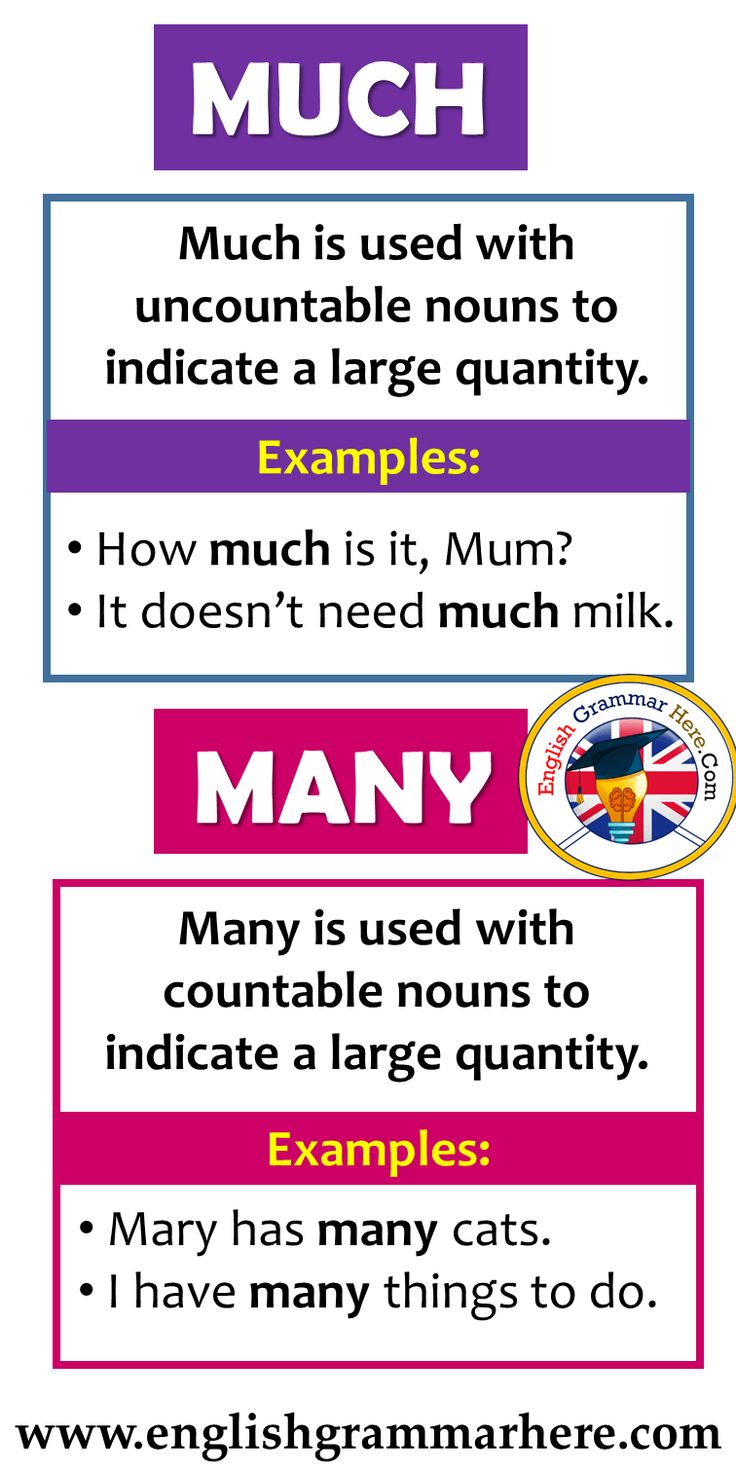How Much Is A Jeep Wrangler Hemi Conversion? Unlocking V8 Power and Performance
How Much Is A Jeep Wrangler Hemi Conversion? Unlocking V8 Power and Performance jeeps.truckstrend.com
For many Jeep Wrangler owners, the iconic 3.6L Pentastar V6, while capable, eventually leaves them craving more. More power, more torque, more exhilaration. This yearning often leads them down a path less traveled, but infinitely more thrilling: the Hemi conversion. Swapping out the stock engine for a mighty Chrysler Hemi V8 transforms a capable off-roader into an unstoppable beast, a true performance machine equally at home on the trails as it is roaring down the highway. But this dream comes with a significant price tag.
So, how much is a Jeep Wrangler Hemi conversion? The answer isn’t simple, as it depends on a multitude of factors, from the specific Hemi engine chosen to whether you opt for a DIY approach or a professional, turnkey installation. This comprehensive guide will break down the costs, considerations, and complexities involved in turning your Wrangler into a Hemi-powered legend.
How Much Is A Jeep Wrangler Hemi Conversion? Unlocking V8 Power and Performance
The Allure of the Hemi: Why Convert?
Before diving into the dollar signs, it’s crucial to understand why so many enthusiasts are willing to invest heavily in a Hemi swap. The benefits are undeniable:
- Massive Power Increase: A stock 3.6L Pentastar produces around 285 horsepower and 260 lb-ft of torque. A 5.7L Hemi typically offers 375-395 HP and 400-410 lb-ft, while a 6.4L (392) Hemi boasts 485 HP and 475 lb-ft. For the truly audacious, a Hellcat Hemi unleashes over 700 HP! This translates to significantly better acceleration, effortless highway passing, and superior crawling capability off-road.
- Enhanced Towing Capacity: With more torque and horsepower, your Wrangler can comfortably tow heavier loads, making it a more versatile vehicle for adventurers.
- Improved Drivability: The increased power means less downshifting on inclines and a more relaxed driving experience overall, especially at highway speeds or when navigating challenging terrain.
- The "Cool Factor": Let’s be honest, there’s an undeniable "wow" factor to hearing a Hemi roar from under the hood of a Jeep. It makes your Wrangler unique and commands attention.
- Durability and Reliability: Modern Hemi engines are known for their robust design and reliability, offering a long lifespan when properly maintained.

Understanding the Core Components of a Hemi Conversion
A Hemi conversion is far more than just swapping an engine. It’s a complex undertaking that requires integrating a new powertrain into an existing vehicle, necessitating a host of compatible components and systems. Here’s a breakdown of the key elements:
- The Hemi Engine: This is the heart of the conversion. The most common choices are the 5.7L, 6.4L (392), and for extreme builds, the supercharged 6.2L Hellcat. New crate engines are available, or you can opt for a lower-cost, salvaged engine, though this introduces risks regarding its history and condition.
- Transmission: The stock Wrangler transmission (manual or automatic) is not designed to handle the Hemi’s immense power and torque. An upgraded transmission, often a robust automatic like the 545RFE or the newer 8HP70/8HP75 (for 6.4L/Hellcat), is essential.
- Engine & Transmission Mounts: Custom mounts are needed to properly secure the Hemi and its new transmission within the Wrangler’s chassis.
- Wiring Harness & ECU (Engine Control Unit): This is one of the most critical and complex components. A specialized wiring harness is required to integrate the Hemi’s electronics with the Jeep’s existing systems, and the ECU must be programmed to manage the new engine.
- Cooling System: The Hemi generates significantly more heat than the V6. A heavy-duty radiator, powerful electric fan, and proper plumbing are crucial to prevent overheating.
- Exhaust System: Custom headers and a full cat-back exhaust system are needed to fit the Hemi and allow it to breathe properly.
- Fuel System: The Hemi requires a higher volume and pressure of fuel. This often necessitates an upgraded fuel pump, lines, and filter.
- Drive Shafts: With a new engine and transmission, the length and angle of the drive shafts will likely change, requiring custom-fabricated units.
- Power Steering & AC Lines: These systems need to be adapted or replaced to fit the Hemi engine.
- Supporting Modifications (Recommended/Often Necessary):
- Brakes: Increased power demands increased stopping power. Upgraded brakes are highly recommended for safety.
- Suspension: The added weight of the Hemi (especially the 6.4L and Hellcat) may require heavier-duty springs and shocks to maintain proper ride height and handling.
- Axles: While not always mandatory for a 5.7L, if you plan on aggressive off-roading or have a 6.4L/Hellcat, stronger axles (e.g., Dana 44s, Dana 60s) might be necessary to handle the torque.


DIY vs. Professional Installation: Cost Implications
The biggest variable in the total cost of a Hemi conversion is whether you tackle it yourself or hire a professional shop.
-
DIY (Do-It-Yourself):
- Pros: Significantly saves on labor costs. Offers immense satisfaction for the mechanically inclined.
- Cons: Requires advanced mechanical skills, specialized tools (engine hoist, transmission jack, wiring diagrams, diagnostic tools), and a significant amount of time (weeks to months). High risk of mistakes, which can lead to costly repairs or incomplete projects. No warranty on labor.
- Cost: You’re primarily paying for parts and potentially tool rentals. However, expect unforeseen issues and additional purchases.
-
Professional Installation:
- Pros: Expert installation, often comes with a warranty on parts and labor. Quicker turnaround time. Peace of mind knowing it’s done correctly. Access to specialized tools and experience.
- Cons: High labor costs.
- Cost: This is where the majority of the "installed" cost comes from, often ranging from $8,000 to $20,000+ depending on the shop’s rates and the complexity of the conversion.
Reputable shops specializing in Hemi conversions have developed comprehensive "kits" that include most of the necessary components, simplifying the process and ensuring compatibility. These kits are generally designed for specific Hemi engine models and Jeep Wrangler generations (JK, JL).
Breaking Down the Cost: What to Expect
The cost of a Jeep Wrangler Hemi conversion can vary wildly, generally ranging from $20,000 to $40,000+ for a complete, professionally installed package. Extreme Hellcat builds can easily push past $50,000.
Here’s a breakdown of the typical cost ranges for different components and installation types:
Jeep Wrangler Hemi Conversion Price Table (Estimated Ranges)
| Component/Service | DIY Parts Cost (Estimated) | Professional Installation Labor (Estimated) | Total Installed Cost (Estimated) | Notes |
|---|---|---|---|---|
| 5.7L Hemi Conversion | (Most common & affordable Hemi swap) | |||
| 5.7L Crate Engine (New) | $5,000 – $8,000 | Included in kit cost | Included in kit cost | Used engines can be cheaper but riskier. |
| Basic Conversion Kit (Mounts, Wiring, Cooling, etc.) | $7,000 – $12,000 | Included in kit cost | Included in kit cost | Does NOT include transmission or engine. |
| Transmission (Automatic) | $3,000 – $6,000 | Included in kit cost | Included in kit cost | Often a 545RFE or similar, sometimes requires adapter. |
| Subtotal for Parts Only (5.7L) | $15,000 – $26,000 | |||
| Labor for 5.7L Hemi Conversion | N/A | $8,000 – $15,000 | Varies by shop, complexity, and additional modifications. | |
| Total Estimated Cost (5.7L Installed) | N/A | N/A | $23,000 – $41,000 | Includes engine, parts, transmission, and labor. |
| 6.4L (392) Hemi Conversion | (Significant power upgrade, often requires stronger components) | |||
| 6.4L Crate Engine (New) | $8,000 – $12,000 | Included in kit cost | Included in kit cost | |
| Comprehensive Conversion Kit (incl. 8HP70 Trans) | $12,000 – $20,000 | Included in kit cost | Included in kit cost | More advanced kit due to 8-speed transmission. |
| Subtotal for Parts Only (6.4L) | $20,000 – $32,000 | |||
| Labor for 6.4L Hemi Conversion | N/A | $10,000 – $20,000 | More complex due to electronics and 8-speed integration. | |
| Total Estimated Cost (6.4L Installed) | N/A | N/A | $30,000 – $52,000+ | Can easily exceed $50k with supporting mods. |
| Hellcat Hemi Conversion | (Extreme performance, highly specialized, not for the faint of heart) | |||
| Hellcat Crate Engine (New) | $15,000 – $25,000 | Included in kit cost | Included in kit cost | |
| Specialized Conversion Kit (incl. 8HP75 Trans) | $18,000 – $30,000 | Included in kit cost | Included in kit cost | Highly complex electronics, cooling, and drivetrain components. |
| Subtotal for Parts Only (Hellcat) | $33,000 – $55,000 | |||
| Labor for Hellcat Hemi Conversion | N/A | $15,000 – $30,000+ | Extensive custom fabrication and tuning. | |
| Total Estimated Cost (Hellcat Installed) | N/A | N/A | $48,000 – $85,000+ | Often requires significant drivetrain/suspension upgrades. |
| Additional Potential Costs | ||||
| Axle Upgrades (e.g., Dana 60) | $5,000 – $15,000+ | $1,000 – $3,000 | Add to total | Recommended for 6.4L/Hellcat or aggressive off-roading. |
| Brake Upgrades | $1,000 – $3,000 | $300 – $800 | Add to total | Highly recommended for all Hemi swaps. |
| Suspension Upgrades | $1,000 – $4,000 | $500 – $1,500 | Add to total | To handle increased weight and power. |
| Exhaust System (Custom) | $1,000 – $3,000 | Included in labor/kit | Included in total | Often part of the conversion kit. |
| Miscellaneous/Contingency | $1,000 – $5,000+ | $1,000 – $5,000+ | Add to total | Unexpected parts, fluids, tuning adjustments, shipping, taxes. |
Important Note: These are estimated ranges. Actual costs will vary based on your location, chosen parts suppliers, the specific shop, and any unexpected challenges that arise during the conversion. Always get a detailed quote from a reputable installer.
Important Considerations Before You Convert
Before committing to such a significant investment, consider these crucial factors:
- Budget Reality: Be brutally honest about your budget. Hemi conversions are expensive, and unexpected costs can quickly derail a project. Always factor in a contingency fund (10-20% of the total estimated cost).
- Vehicle Condition: Is your current Wrangler a good candidate? An older, rust-ridden, or mechanically neglected Jeep might not be worth the substantial investment of a Hemi swap. Ensure the chassis, frame, and existing components are in good shape.
- Legal and Emissions Regulations: This is paramount. Engine swap laws vary significantly by state and country. Some regions have strict emissions testing that a non-OEM engine swap might fail. Research your local laws thoroughly before starting. In some cases, specific CARB-certified conversion kits are required for legality.
- Insurance Implications: Inform your insurance provider about the engine swap. Your premiums will likely increase, and some policies might not cover modified vehicles. Failure to disclose could lead to claim denials.
- Resale Value: While a Hemi-swapped Wrangler is highly desirable to a niche market, you will almost certainly not recoup the full cost of the conversion upon resale. It’s a passion project, not an investment.
- Reliability: The reliability of a Hemi conversion heavily depends on the quality of the parts and the expertise of the installation. Cutting corners will lead to problems.
- Drivability and Safety: A Hemi-powered Wrangler handles very differently. The increased weight and immense power necessitate upgrades to brakes and suspension to maintain safety and optimal performance. Don’t overlook these critical supporting modifications.
Practical Advice and Actionable Insights
If you’re serious about a Hemi conversion, here’s some actionable advice:
- Research Reputable Shops: Look for shops with extensive experience in Hemi conversions, specifically for Jeeps. Check their reviews, ask for references, and look at their previous work.
- Get Multiple Detailed Quotes: Don’t settle for the first quote. Get at least 2-3 detailed estimates that itemize parts and labor. Understand exactly what’s included and what’s not.
- Understand the Full Scope: A reputable shop will walk you through the entire process, explaining what parts will be used, how long it will take, and what potential challenges might arise.
- Consider a "Turnkey" Package: Many specialized shops offer complete conversion packages that include all necessary parts and installation. While these might seem more expensive upfront, they often save you headaches, research time, and potential compatibility issues.
- Don’t Skimp on Supporting Mods: While the engine is the star, the supporting cast (brakes, cooling, suspension, axles) is equally important for safety, reliability, and overall performance.
- Plan for Downtime: A Hemi conversion is not a weekend project. Expect your Jeep to be in the shop for several weeks, or even months, depending on the complexity and shop schedule.
- Factor in Post-Conversion Costs: Consider the potential for higher fuel consumption and increased maintenance costs associated with a high-performance V8.
Concluding Summary
A Jeep Wrangler Hemi conversion is the ultimate upgrade for those seeking unparalleled power, torque, and a truly unique driving experience. It transforms a capable off-roader into a formidable machine that commands respect on and off the pavement. However, this level of performance comes with a significant financial commitment, typically ranging from $20,000 to $40,000+ for a professionally installed 5.7L or 6.4L system, and potentially much more for a Hellcat.
The decision to embark on a Hemi conversion should not be taken lightly. It requires careful planning, a realistic budget, and thorough research into legal implications and reputable installers. While it’s a costly endeavor, for many enthusiasts, the thrill of unleashing Hemi power in their Wrangler is an investment in passion, performance, and the sheer joy of driving a truly one-of-a-kind vehicle. It’s not just an engine swap; it’s a complete transformation.
Frequently Asked Questions (FAQ)
Q1: How long does a Hemi conversion typically take?
A1: For a professional shop, a standard 5.7L or 6.4L Hemi conversion can take anywhere from 2 to 6 weeks, depending on the shop’s schedule, the complexity of the specific build, and the availability of parts. DIY conversions can take months, spread out over weekends.
Q2: Do I need to upgrade my transmission for a Hemi conversion?
A2: Yes, almost always. The stock Wrangler transmission (manual or automatic) is not built to handle the significantly increased horsepower and torque of a Hemi V8. A heavy-duty automatic transmission (like the 545RFE or 8HP70/75) is typically part of the conversion kit.
Q3: Will a Hemi conversion affect my Jeep’s warranty?
A3: Absolutely. Swapping the engine will void your factory powertrain warranty. Any issues arising from the conversion itself will also not be covered by Jeep. Reputable conversion shops often provide their own warranty on their work and parts.
Q4: What about emissions testing and legality after a Hemi swap?
A4: This is a critical concern. Engine swap laws and emissions regulations vary greatly by state and region. Some areas are very strict, requiring the new engine to be the same model year or newer than the vehicle, and to pass all emissions tests. In California, for example, a CARB-certified conversion kit is required. Always research your local laws before proceeding.
Q5: Is a Hemi conversion "worth it"?
A5: "Worth" is subjective. Financially, you will likely not recoup the full cost upon resale. However, for those seeking a dramatic increase in power, performance, and an unparalleled driving experience from their Wrangler, it is absolutely worth it. It transforms the vehicle into something truly special and is considered the ultimate upgrade by many.
Q6: Can I perform a Hemi conversion myself?
A6: Yes, it is possible for highly skilled and experienced mechanics with specialized tools and a lot of time. However, it is a very complex project involving intricate wiring, fuel systems, and mechanical integration. Mistakes can be costly and dangerous. For most, professional installation is the safer and more reliable option.
Q7: What’s the main difference between a 5.7L and 6.4L Hemi conversion?
A7: The 6.4L (392) Hemi offers significantly more horsepower and torque than the 5.7L, providing a noticeable performance boost. It typically requires a more robust transmission (like the 8HP70/75) and often necessitates more supporting modifications (like stronger axles and brakes) due to the increased power, leading to a higher overall cost.

